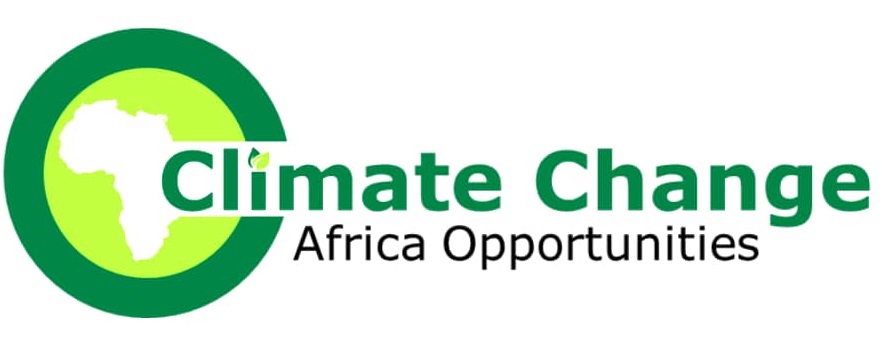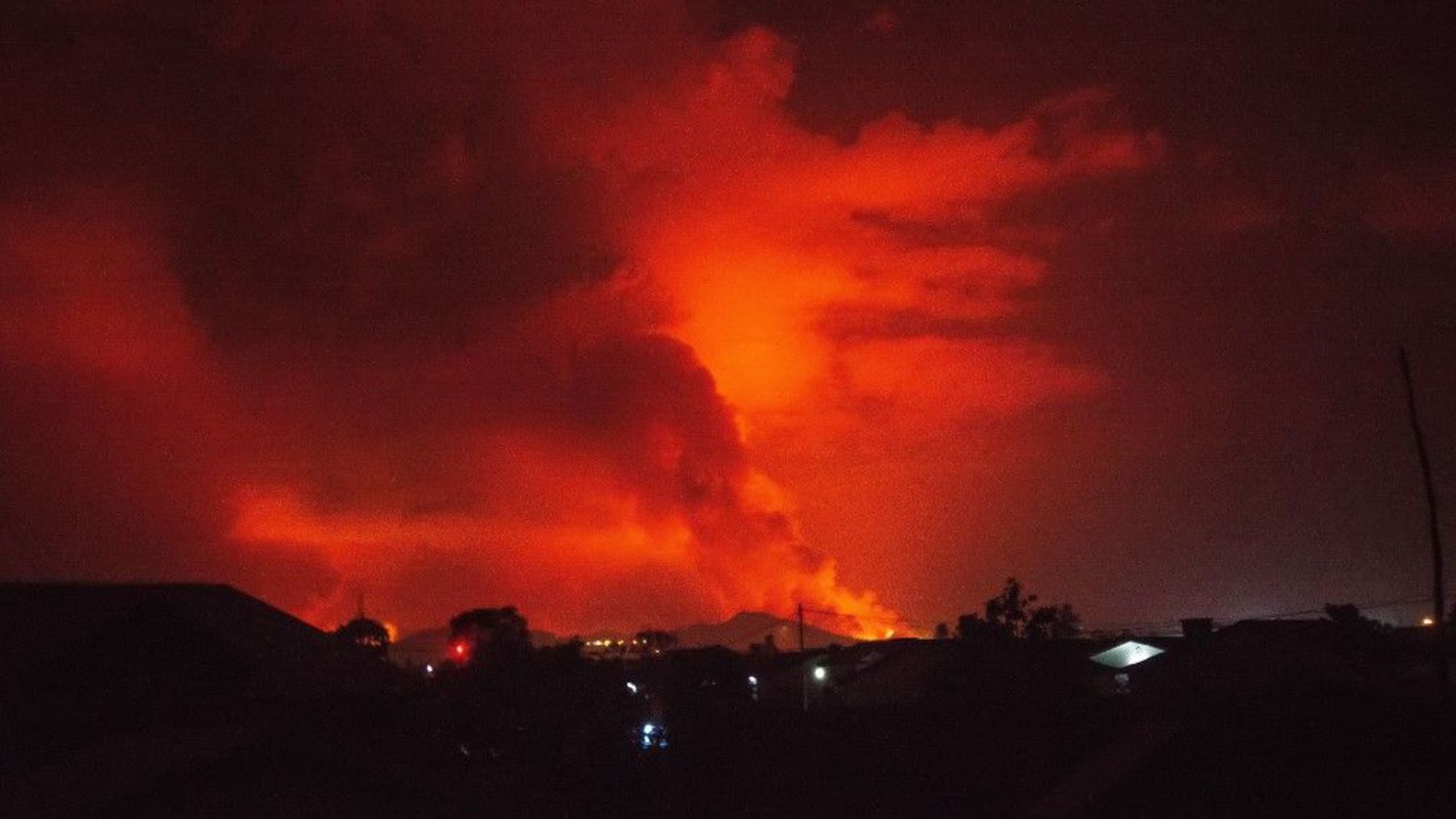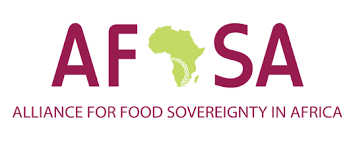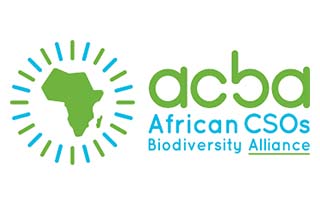"Africa and the Climate: an Opportunity to Adapt and thrive "

|
|
SeatDemocratic Republic of Congo |

|
climatechangeafricaopp@gmail.com |
"Africa and the Climate: an Opportunity to Adapt and thrive "

|
|
SeatDemocratic Republic of Congo |

|
climatechangeafricaopp@gmail.com |

HIGHLIGHTS
On May 22, the Nyiragongo volcano near the city of Goma in the eastern Democratic Republic of the Congo erupted.
The Humanitarian Coordinator (CH) assured the Congolese authorities of the support of the humanitarian community to meet priority emergency needs following the eruption of the Nyiragongo volcano.
Priority needs are being assessed by multiple humanitarian teams, including the Red Cross and international NGOs.
31 deaths reported, including 13 people during the evacuation of the city and 24 people burned by lava; 40 adults reported missing; several hospitalizations.
More than 4,500 households (around 20,000 Congolese) find themselves homeless.
Although the lava has stopped flowing, the earthquakes continue and cause panic among the population.
The ash cloud is likely to cause respiratory illnesses.
The closure of Goma and Bukavu airports risks affecting the logistics of the humanitarian response.
SITUATION OVERVIEW
On May 22, 2021, the Nyiragongo volcano, which dominates the city of Goma in eastern DRC, erupted and lava flows poured east towards Rwanda. Another lava flow headed for the city of Goma and stopped 300 meters from Goma International Airport. The last major eruption in 2002 killed more than 250 people.
After the eruption, much of the local population evacuated overnight to Saké, located 27 km west of Goma, and another group crossed the border into Rwanda for refuge. Cross-border movements to Uganda have been less and 90 percent of Congolese have returned to the DRC.
On May 23, a helicopter reconnaissance mission with the Deputy Humanitarian Coordinator and the OCHA team confirmed that lava had blocked the main RN 2 Rutshuru-Goma road - the main food supply line to Goma. Power lines and water supplies were damaged and cut for about 500,000 people.
Three villages and a district of the city of Goma were destroyed by lava on the DRC side. Thirteen civilians lost their lives on the night of May 22 due to incidents related to the evacuation. Civil society2 in the Nyiragongo health zone confirms that 24 people, including 10 women, were burnt by the lava, and that 40 adults are missing. The process of identifying bodies continues. The remains already identified will be returned to their respective families on May 24, 2021.
Still according to local sources, more than 3,629 houses were ravaged by lava, 23 house roofs were washed away, the Goma-Rutshuru road is cut (about 2 km invaded by lava), 3 health structures and 12 primary and secondary schools were destroyed.
According to IOM, more than 20,000 people (approximately 4,500 households) are homeless and living in host communities or in public places not affected by the disaster. People lost their belongings either in the haste of displacement, or burnt by the lava flow, or even looted. There have also been reports of theft, including motorcycles and other property left behind by displaced households.
UNICEF has reported that more than 150 children have been separated from their families and it is feared that more than 170 children are missing as the population fled the city of Goma following the eruption of the Nyiragongo volcano.
On May 24, earthquakes are felt, intermittently. The Rwandan seismic monitor recorded earthquakes of magnitude up to 5.1 coming from Lake Kivu in the district of Rubavu. These tremors cause cracks in buildings and more stress for an already traumatized population. Authorities have warned the population to remain vigilant and not to approach the red zone, the lava path from the 2002 eruption. Ash from the eruption could cause respiratory illness.
A few stores reopened on May 24. It is reported that prices have increased in the markets. According to preliminary assessments, not all of the people who fled to the nearby town of Sake have returned. People report that taxi prices have gone up, and others are staying because they lost everything in the eruption.
The road between Goma and Rutshuru, which is one of the three main trade axes and facilitates the delivery of humanitarian aid to other places, remains blocked. The lava is still too hot to be removed.
Goma International Airport remains closed and civil aviation authorities have informed that the airport will not be operational until further notice. It will therefore be difficult to deliver aid, strengthen teams or evacuate staff. Bukavu Airport was also












